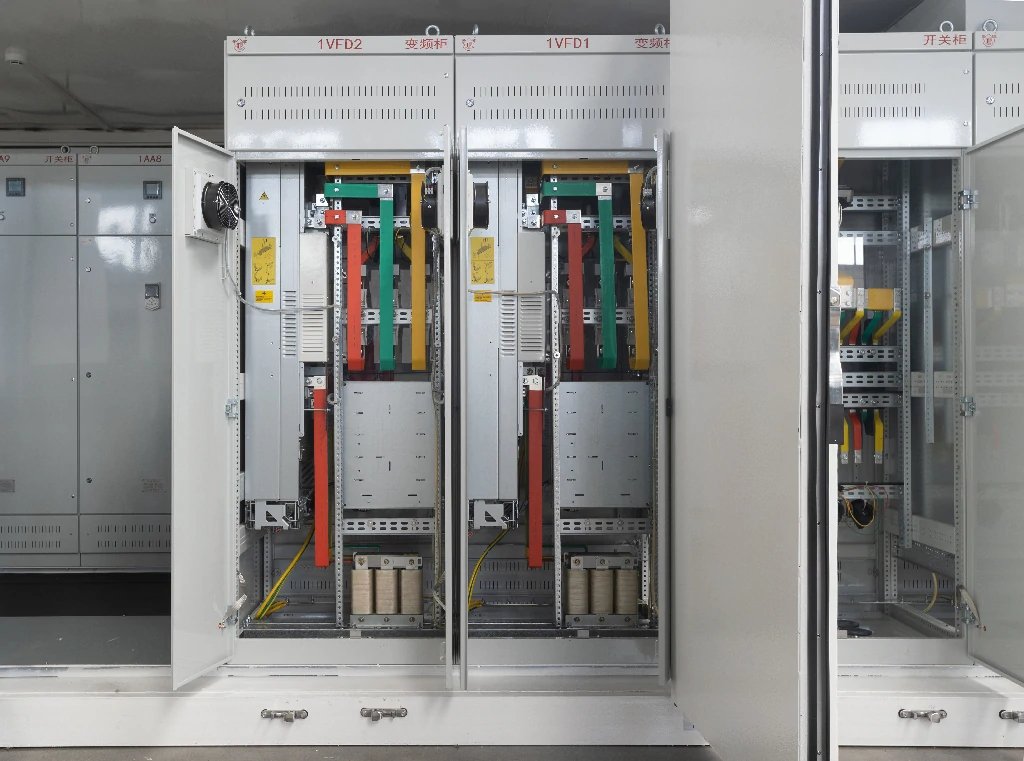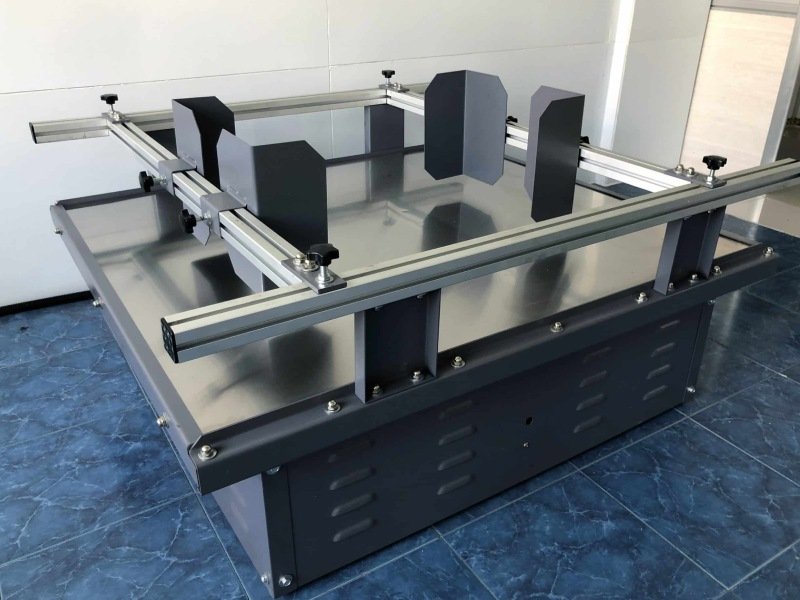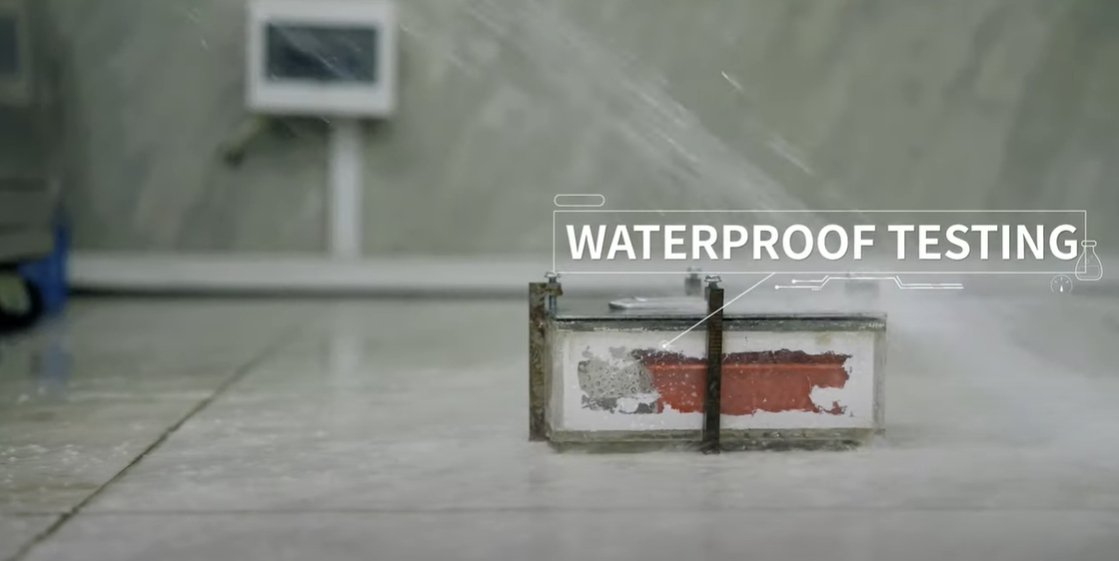In the global market for electrical cabinet latches, quality and reliability are paramount. International buyers, ranging from industrial manufacturers to infrastructure developers, demand components that ensure the safety, durability, and performance of electrical enclosures in diverse environments. Among the critical factors influencing the quality of electrical cabinet latches is their ability to withstand environmental challenges, particularly water and dust ingress. Waterproof and dustproof testing is not merely a technical requirement but a cornerstone of product reliability, safety, and compliance with international standards. This article explores why waterproof and dustproof testing is essential in the processing of electrical cabinet latches, emphasizing its importance for international buyers seeking high-quality, durable, and compliant products.
Understanding Electrical Cabinet Latches and Their Role
Electrical cabinet latches are mechanical components designed to secure the doors or panels of electrical enclosures, ensuring that sensitive electrical equipment, wiring, and control systems are protected from unauthorized access and environmental hazards. These latches are used across industries, including telecommunications, energy, transportation, and manufacturing, where enclosures house critical infrastructure such as power distribution systems, control panels, and communication equipment.
The primary function of a latch is to maintain the integrity of the enclosure’s seal, preventing external elements like water, dust, and debris from compromising the internal components. For international buyers, the reliability of these latches directly impacts operational efficiency, equipment longevity, and safety compliance. Poorly designed or inadequately tested latches can lead to equipment failure, costly downtime, and even safety hazards, making rigorous testing a non-negotiable aspect of latch production.
The Importance of Environmental Protection in Electrical Enclosures
Electrical enclosures are often deployed in challenging environments, from humid coastal regions to dusty industrial facilities and extreme climates. Water and dust ingress can cause significant damage to electrical components, leading to corrosion, short circuits, insulation breakdown, and system failures. For international buyers, who may operate in diverse geographic and climatic conditions, ensuring that cabinet latches can maintain a robust seal against these elements is critical.
Waterproof and dustproof testing evaluates a latch’s ability to maintain the enclosure’s environmental seal under specified conditions. These tests simulate real-world scenarios, such as heavy rain, high humidity, or dust storms, to ensure that the latch performs reliably. For buyers, this translates to confidence that their electrical systems will remain operational and safe, regardless of the environment.
Waterproof Testing: Ensuring Resilience Against Moisture
Why Waterproofing Matters
Water ingress is one of the most common causes of electrical equipment failure. Moisture can corrode metal components, degrade insulation, and cause electrical shorts, leading to malfunctions or complete system breakdowns. For electrical cabinet latches, waterproofing is essential to maintain the enclosure’s IP (Ingress Protection) rating, which defines the level of protection against water and solids.
International buyers often require enclosures to meet specific IP ratings, such as IP65, IP66, or IP67, which indicate varying degrees of protection against water jets, immersion, or prolonged exposure to moisture. The latch, as a critical sealing component, must ensure that the enclosure maintains its rated protection level. Without rigorous waterproof testing, there is a risk that the latch will fail to prevent water ingress, compromising the entire system.
Waterproof Testing Methods
Waterproof testing for electrical cabinet latches involves subjecting the latch and enclosure to controlled water exposure, such as spraying, immersion, or high-pressure jets, as outlined in standards like IEC 60529. These tests assess the latch’s ability to maintain a tight seal under various conditions, ensuring that no water penetrates the enclosure.
For example, an IP66-rated latch must withstand powerful water jets from all directions without allowing water to enter the enclosure. Testing may involve mounting the latch on a test enclosure and subjecting it to water pressure for a specified duration. The enclosure is then inspected for any signs of water ingress, such as dampness or pooling inside.
Benefits for International Buyers
For international buyers, waterproof testing ensures that latches can perform reliably in diverse climates, from tropical regions with heavy rainfall to coastal areas with high humidity and salt spray. This reliability reduces maintenance costs, prevents equipment downtime, and ensures compliance with regional regulations. Buyers can trust that their enclosures will protect critical infrastructure, even in harsh conditions, enhancing the overall value of their investment.
Dustproof Testing: Safeguarding Against Particulate Ingress
The Threat of Dust and Debris
Dust and particulate matter pose significant risks to electrical enclosures, particularly in industrial settings, deserts, or construction sites. Dust can accumulate on electrical components, leading to overheating, reduced insulation resistance, and mechanical wear. For cabinet latches, dustproofing is critical to maintaining the enclosure’s seal and preventing fine particles from entering.
International buyers operating in dusty environments, such as mining, manufacturing, or arid regions, require latches that meet stringent dustproof standards, such as IP6X, which indicates complete protection against dust ingress. A latch that fails to prevent dust entry can compromise the enclosure’s performance, leading to costly repairs and replacements.
Dustproof Testing Procedures
Dustproof testing typically follows standards like IEC 60529, which specifies methods for evaluating a latch’s resistance to dust ingress. During testing, the latch is installed on an enclosure and exposed to a controlled environment filled with fine dust particles, such as talcum powder, which simulates real-world dust conditions. The enclosure is subjected to a vacuum or pressure differential to encourage dust penetration, and the latch’s sealing performance is evaluated.
After the test, the enclosure is opened, and inspectors check for any dust inside. A successful test indicates that the latch maintains a dust-tight seal, ensuring that the enclosure’s internal components remain uncontaminated.
Value for International Buyers
Dustproof testing provides international buyers with assurance that their electrical enclosures can operate reliably in dusty or particulate-heavy environments. This is particularly important for industries like mining, agriculture, or construction, where dust is a constant challenge. By investing in dustproof-tested latches, buyers can minimize maintenance costs, extend equipment lifespan, and ensure compliance with environmental standards.
Compliance with International Standards
International buyers prioritize components that comply with globally recognized standards, as these ensure interoperability, safety, and reliability. Waterproof and dustproof testing for electrical cabinet latches is guided by standards such as:
- IEC 60529: Defines IP ratings for protection against water and dust ingress.
- UL 50/50E: Specifies requirements for enclosures used in non-hazardous locations, including environmental protection.
- NEMA 250: Outlines enclosure types for environmental protection in North American markets.
These standards provide a universal framework for evaluating latch performance, allowing buyers to compare products from different manufacturers. For example, a latch certified to IP66 meets the same performance criteria whether manufactured in Asia, Europe, or North America, giving buyers confidence in its reliability.
Compliance with these standards is particularly important for international buyers who must adhere to regional regulations. For instance, European buyers may require CE marking, which includes compliance with environmental protection standards, while North American buyers may prioritize NEMA or UL certifications. Waterproof and dustproof testing ensures that latches meet these requirements, facilitating market access and regulatory approval.
Enhancing Product Reliability and Longevity
Rigorous waterproof and dustproof testing directly contributes to the reliability and longevity of electrical cabinet latches. By simulating real-world environmental conditions, manufacturers can identify and address weaknesses in latch design, materials, or sealing mechanisms before the product reaches the market. This proactive approach reduces the risk of field failures, which can be costly and damaging to a manufacturer’s reputation.
For international buyers, reliable latches translate to fewer maintenance interventions, lower replacement costs, and extended equipment lifespan. In critical applications, such as power distribution or telecommunications, downtime caused by latch failure can have significant operational and financial consequences. Tested latches provide peace of mind, ensuring that enclosures remain secure and protected over their operational life.
Meeting Customer Expectations in Competitive Markets
In the competitive global market, international buyers seek suppliers who can deliver high-quality, reliable components that meet their specific needs. Waterproof and dustproof testing is a key differentiator, demonstrating a manufacturer’s commitment to quality and performance. Buyers are more likely to trust suppliers who provide documented test results, certifications, and compliance with international standards.
Moreover, tested latches enhance a manufacturer’s brand reputation, fostering long-term relationships with buyers. By investing in rigorous testing, manufacturers can position themselves as trusted partners, capable of delivering products that perform reliably in diverse applications and environments.
Cost Savings Through Preventive Testing
While waterproof and dustproof testing requires an upfront investment, it ultimately leads to cost savings for both manufacturers and buyers. For manufacturers, testing identifies potential design flaws early in the production process, reducing the risk of costly recalls or warranty claims. For buyers, tested latches minimize the risk of equipment failure, reducing maintenance and replacement costs.
In industries where downtime is expensive, such as energy or telecommunications, the cost of replacing a failed latch or repairing damaged equipment far outweighs the investment in high-quality, tested components. International buyers, who often face high logistics and service costs, particularly value latches that reduce the need for frequent maintenance or replacement.
Adapting to Diverse Applications and Environments
International buyers operate in a wide range of industries and environments, each with unique challenges. For example:
- Telecommunications: Outdoor cabinets must withstand rain, humidity, and dust to protect sensitive communication equipment.
- Renewable Energy: Solar or wind power installations require latches that resist corrosion from salt spray and dust in remote locations.
- Transportation: Enclosures in rail or marine applications must endure vibration, moisture, and temperature extremes.
- Industrial Manufacturing: Factory environments expose enclosures to dust, chemicals, and high-pressure washdowns.
Waterproof and dustproof testing ensures that latches are versatile enough to meet these diverse requirements. By selecting tested latches, buyers can deploy enclosures in multiple applications without compromising performance, simplifying procurement and inventory management.
Innovations in Testing and Latch Design
Advancements in testing methodologies and latch design are further enhancing the importance of waterproof and dustproof testing. Modern testing equipment allows manufacturers to simulate extreme environmental conditions with greater accuracy, ensuring that latches meet the highest standards. Additionally, innovations in materials, such as corrosion-resistant alloys and advanced sealing gaskets, improve latch performance in harsh environments.
For international buyers, these advancements translate to access to cutting-edge products that offer superior protection and durability. Manufacturers that invest in innovative testing and design processes can differentiate themselves in the market, attracting buyers who prioritize quality and performance.
Case Studies: Real-World Impact of Testing
Case Study 1: Telecommunications in Coastal Regions
A telecommunications provider in Southeast Asia required electrical cabinet latches for outdoor enclosures exposed to heavy rainfall and high humidity. By selecting latches that had undergone rigorous IP66 waterproof testing, the provider ensured that their equipment remained operational during monsoon seasons, reducing downtime and maintenance costs.
Case Study 2: Mining Operations in Arid Environments
A mining company in Australia needed dustproof latches for enclosures housing control systems in dusty desert conditions. Latches certified to IP6X standards prevented dust ingress, extending the lifespan of the equipment and minimizing maintenance in a harsh environment.
These examples highlight the tangible benefits of waterproof and dustproof testing for international buyers, demonstrating how tested latches deliver real-world value.
Conclusion
For international buyers, the importance of waterproof and dustproof testing in electrical cabinet latches cannot be overstated. These tests ensure that latches can withstand environmental challenges, maintain enclosure integrity, and comply with international standards. By investing in rigorously tested latches, buyers can achieve greater reliability, reduced maintenance costs, and compliance with regulatory requirements, all of which contribute to operational efficiency and long-term value.
Manufacturers who prioritize waterproof and dustproof testing position themselves as trusted partners in the global market, capable of meeting the diverse needs of international buyers. As industries continue to demand high-performance components for challenging environments, the role of testing in ensuring the quality and reliability of electrical cabinet latches will only grow in significance.







